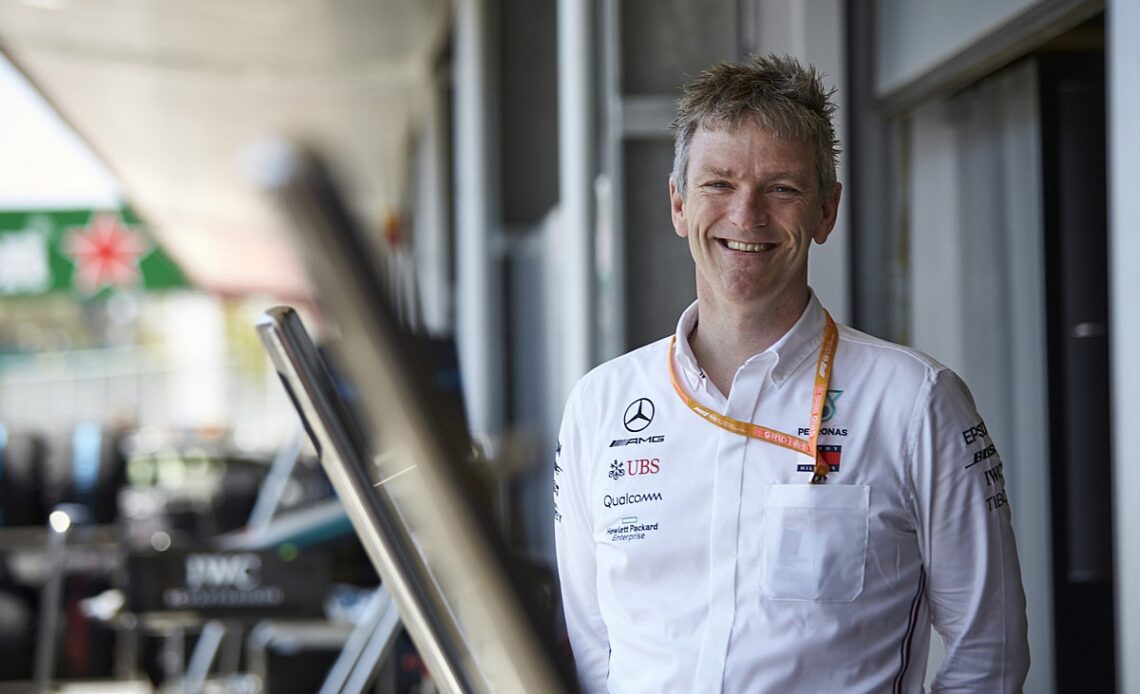Mercedes’ ongoing troubles in F1’s new ground-effect era are the subject of GP Racing’s cover story this month, written by Pat Symonds – formerly Michael Schumacher’s race engineer and one of the consultants responsible for F1’s new ruleset.
When Mercedes talks about its development direction being “a dead end” and that “a new concept” is required, what does that actually mean?
Perhaps more pressingly, can the required changes be identified and accomplished in an era of tight controls on development resources and spending?
GP Racing columnists Mark Gallagher and Matt Kew join editor Stuart Codling to discuss this this and the personnel change at the top. Mercedes prides itself on promoting a “no-blame” culture but this is the first time under the current regime that the team has had to manage a failed project rather than operational mistakes.
Car design has been a hot topic elsewhere on the grid as Aston Martin made a strong start to the season, leading senior figures at Red Bull to claim the AMR23 car was a blatant copy of last year’s championship-winning RB18.
While this has been thoroughly debunked in the latest issue of GP Racing, there’s a deeper Red Bull-related secret to Aston Martin’s successes this season…
And as the F1 circus regroups in Azerbaijan this weekend, yet another change to the race weekend format is on its way.
This year Baku will host a sprint race for the first time but Saturday morning practice has been replaced in the schedule by a qualifying session which will determine the grid for the sprint. Friday’s qualifying session remains in place and will set the grid for Sunday’s grand prix.
The majority of the competitors seem to be in favour, since parc ferme conditions rendered Saturday practice redundant on sprint weekends. But if the point is to give competitors an incentive to race harder, why do it in Baku, where the nature of the circuit punishes driver errors more severely?
Click Here to Read the Full Original Article at Autosport.com – Formula 1 – Stories…

